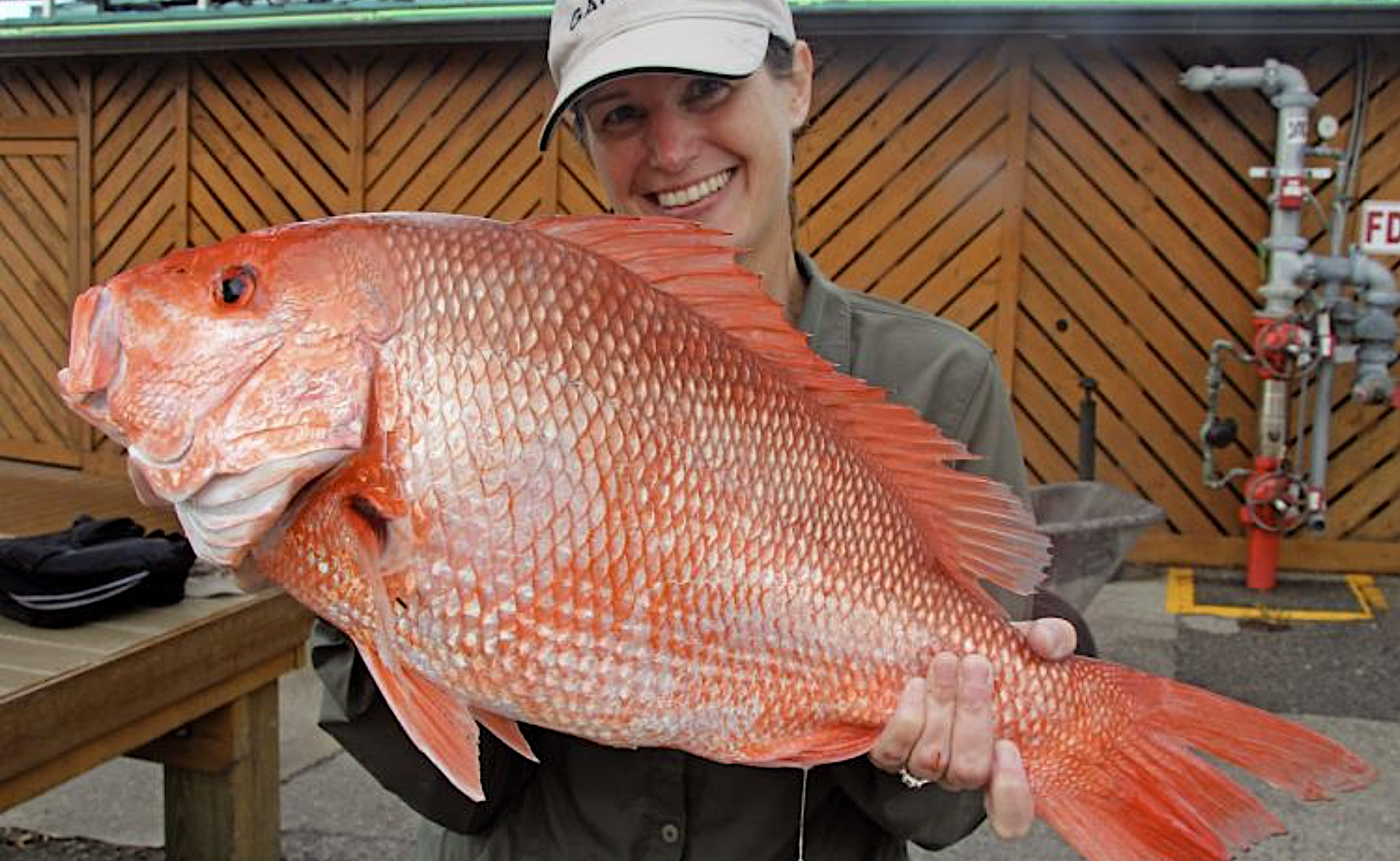Would You Rather Keep More Fish Each Day or Fish Longer Seasons?

Angler surveys show which tradeoffs they’ll make in order to get the most out of a fishing season.
Research Need
Anglers benefit from recreational fishing for a variety of reasons: the thrill of catching a trophy-sized fish, putting food on the table, or the sheer excitement of hooking a fish while out in nature.
The effects of daily management rules on angler satisfaction are well known. For years, fisheries managers have used these rules, such as daily catch (number of fish that can be kept each day) and minimum size limits (how large a fish must be to be kept), to conserve fisheries. However, anglers’ preferences about season-long parameters — such as the length of the season and whether end dates are subject to change — are less understood.
Regulators can increase angler satisfaction by studying angler preferences across a full fishing season. Based on anglers’ preferences, adjustments to seasonal policies, like season length, can be traded for changes in daily rules, like daily catch limits. Knowing what anglers want most, and which tradeoffs they are willing to make, can inform seasonal planning that maximizes anglers’ satisfaction while keeping fisheries sustainable.
What did they study?
Researchers from the University of Washington and the National Marine Fisheries Service surveyed Atlantic red snapper and Pacific halibut anglers about how they prioritized different factors across their fishing seasons, including daily catch rates, length of the season, and the probability the season might close early.
The researchers then created a model to maximize angler satisfaction through different management policies that still conserve the fish populations.
What did they find?
Anglers want it all! Anglers consistently preferred longer seasons, higher daily catch rates, and a lower probability of an early season closure.
However, the research team found that anglers are very willing to trade higher numbers of retained daily catch for longer seasons. Using this insight, the team’s model maximized angler satisfaction by decreasing daily catch limits and increasing season length. In other words, anglers will get the most satisfaction from taking home fewer fish per day but getting to fish more often.
What else did they find?
The management policy that facilitates this trade-off between retained daily catch and season length is minimum size restrictions. It is less common to catch larger fish, so only allowing these larger fish to be kept inherently lowers daily harvest and allows anglers to fish longer seasons.
So What?
This survey primarily considered recreational trade-offs. Future studies evaluating trade-offs between recreational and commercial benefits will help to influence more comprehensive management plans.
Reading
Melnychuk, M. C., Young, E. G., Anderson, L. E., and Hilborn. R. (2021). Trading off retained daily catch for longer seasons to maximize angler benefits in recreational fisheries management. – ICES Journal of Marine Science, 78: 1650–1662.

This study was funded by the National Marine Fisheries Service through a Saltonstall-Kennedy grant.
Summary compiled by Anderson Tran (right), 2022 John A. Knauss Marine Policy Finalist.
Lead photo: red snapper, courtesy of NOAA.
The text from Hook, Line & Science is available to reprint and republish at no cost, but only in its entirety and with this attribution: Hook, Line & Science, courtesy of Scott Baker and Sara Mirabilio, North Carolina Sea Grant.
- Categories:



